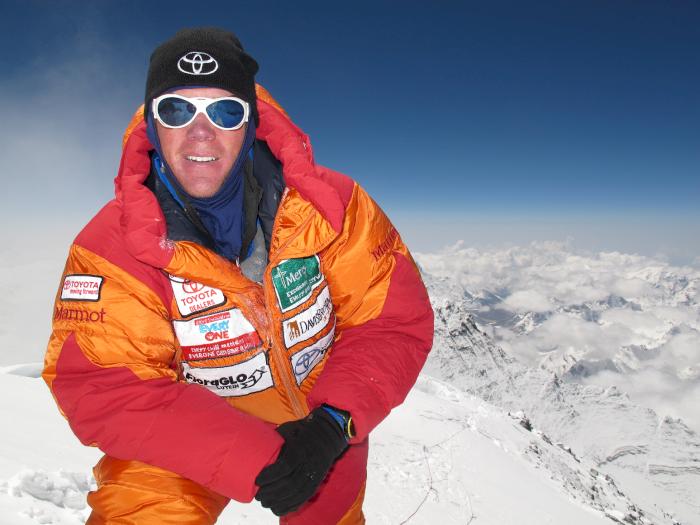SCI's Big Blast 2020: Meet Our Emcee
- Tuesday August 25 2020
- General SCI
Let us introduce you to our SCI's Big Blast Virtual Gala emcee: Charlie Wittmack!
Charlie literally grew up in the halls of the Science Center of Iowa. He attended preschool at SCI, where he and his classmates explored Greenwood forest and counted stars in the planetarium. During elementary school, he participated in our summer camps, which included building rockets and wiring circuits. By middle school, we were teaching Charlie how to build robots and use lasers to make holograms.
As with all of our graduates and students, these experiences instilled a sense of curiosity in Charlie, which he has spent the rest of his life exploring. Charlie has stood on the summit of Everest and swum the English Channel - and is the only American to have done both. He has sailed the Indian Ocean in a handmade boat and tracked the zebra migration across East Africa with the Maasai tribesmen. He has traced the footsteps of Shackleton in Antarctica and ridden his bicycle more than 7500 miles along the ancient Silk Road in Central Asia.
Charlie leverages many of his expeditions to complete a variety of humanitarian projects. For the past seven years, he has been working to build a model for delivering cancer care to the underserved in Tanzania. He has previously developed projects focused on improving maternal health in Nepal and pediatric cardiology in Ethiopia. He has contributed to three medical research papers on human physiology at extreme elevations.
Today, we are proud to have Charlie back in Des Moines, where he is raising his three children as he was raised, in the halls of the Science Center of Iowa.

